It crackles and emits a slight smoky smell. Olly Zahner just poured another layer of iron ore and then another layer of coal into the furnace. Zaner is a logger and built the stove in the meadow in front of the Blumenstein Museum in Solothurn. The furnace is made of clay and fire bricks and is about a meter high. Hoses connected to the large blower reach the “face” of the stove and to the sides.
Caption:
Historic kilns may not have had a “face” like this example in front of the Blumenstein Museum. But the structure was the same.
SRF / Marco Gaggi
The blacksmith regularly added ore and charcoal for several hours. The temperature in the oven is about 1200 degrees. The goal: in the end, the ore must be turned into a spongy iron, called an alloy. This block can then be processed. What remains in the furnace next to it is slag.
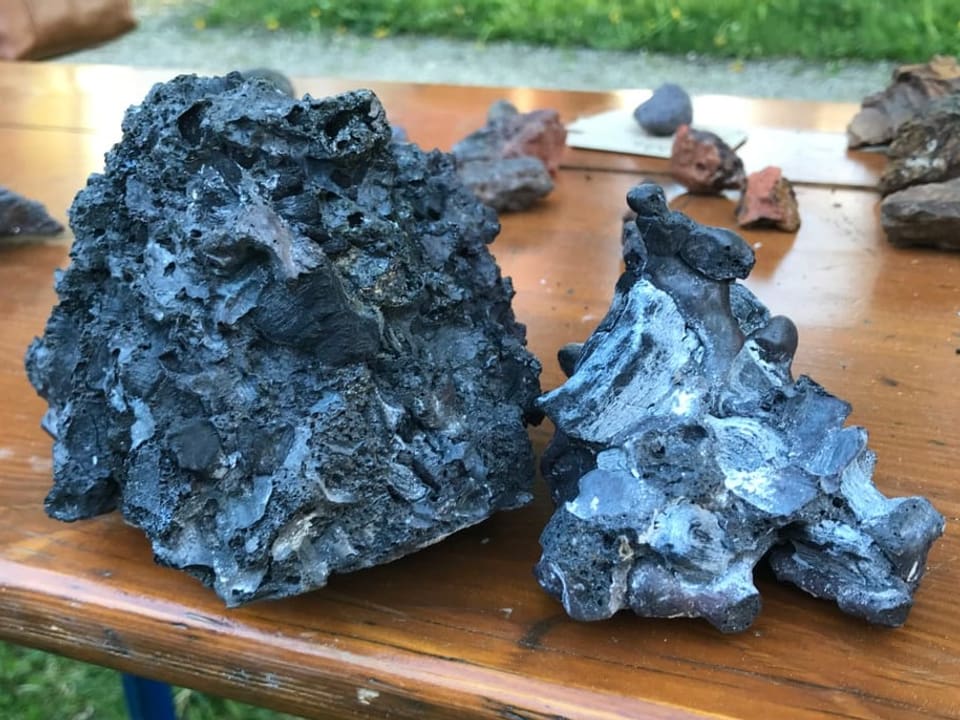
Caption:
Sponge iron (left) and slag coming out of the furnace.
SRF / Marco Gaggi
Operating furnaces were used to produce iron from the Iron Age (around 700 BC) until the 14th century. The name comes from the method of construction: such furnaces are often built on a slope, and the slag “runs out” through the openings.

Caption:
Blacksmith Ole Zahner has been experimenting with ovens for ten years. It took him several attempts to get the first useful result.
SRF / Marco Gaggi
The magnetite iron ore processed by Schmid-Ole-Zanner in the furnace comes from Valais. But the ore was smelted all over Switzerland. Fabio Tortoli of Solothurn Province archaeology explains that the entire Jura arc is strewn with iron ore. During excavations at Büsserach (SO), for example, kilns and rock remains were found in an early medieval settlement. The main trade in this place was the production of iron by smelting bean ore.
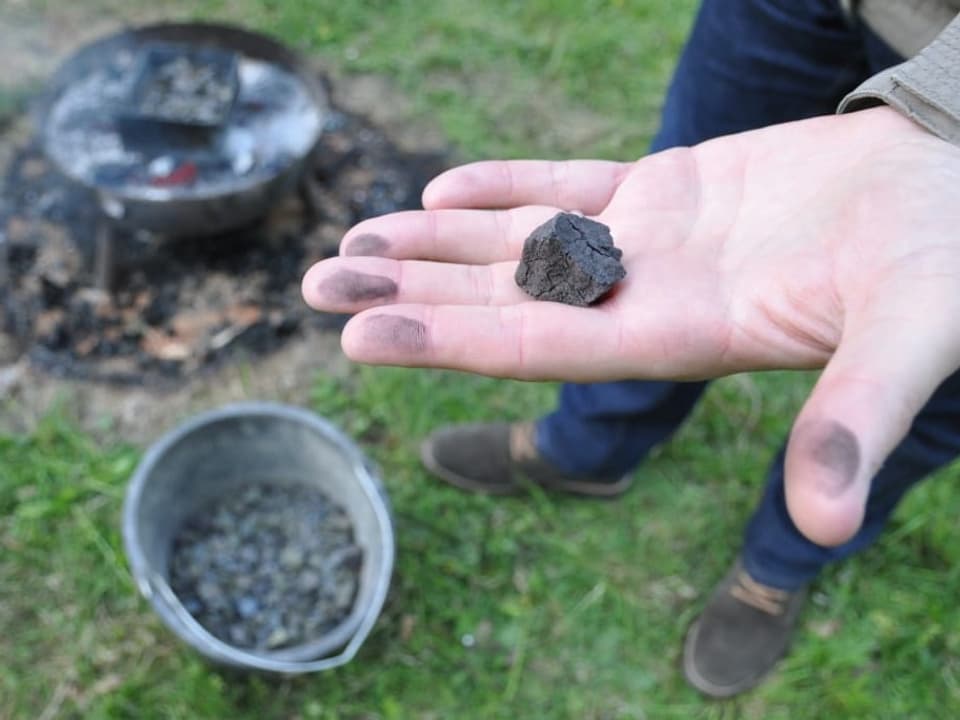
Caption:
Raw ground and “roasted” as it goes into the oven.
SRF
According to archaeologist Tortoli, excavations alone cannot determine the size of these furnaces. The foundations of the furnaces are kept in the ground only. The upper part was mostly destroyed in order to reach the spongy iron. Only tons of slag remained. Experiments like the one at Solothurn are needed to find out more.
His daily work consists mainly of smaller excavations and appraisals. The so-called experimental archeology combines these theoretical findings to some extent with practice. Tortoli says that many processes and details can only be learned through their experience. Of course, the smoking furnace with glowing charcoal is much more interesting on site than in the picture in the book.
Rennofen was established in Solothurn for the conference of the Society “Experimental Archaeology Switzerland”. Catherine Chapey says, of course, that the oven with its plastic hoses for supplying air from the blower does not look like it did in the early Middle Ages. An archaeologist for the canton of Schaffhausen is a member of the association’s board of directors.
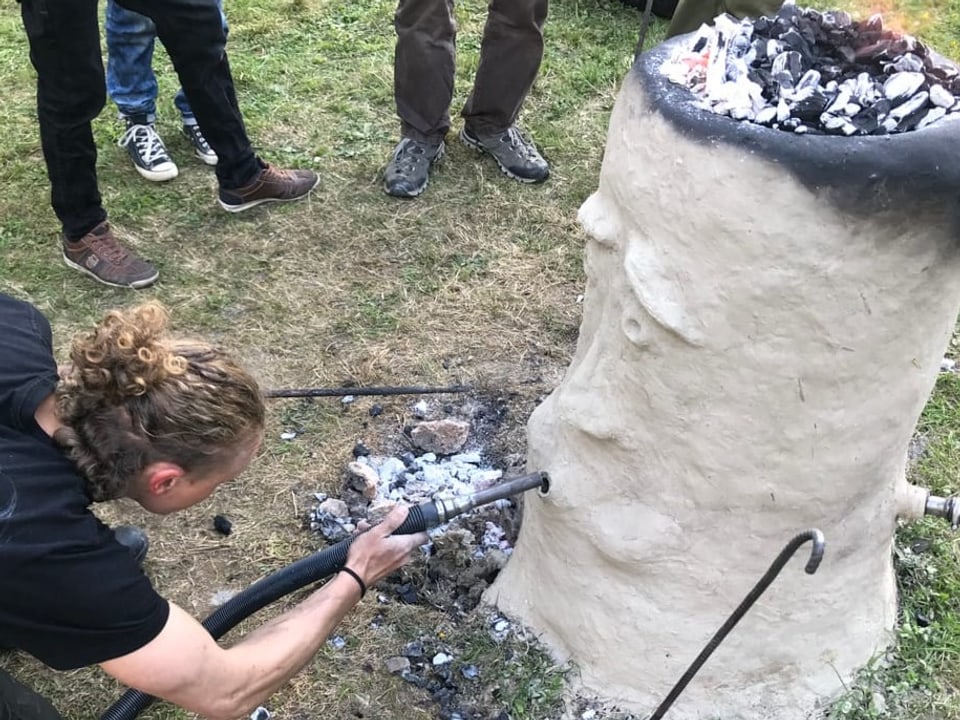
Caption:
As a compromise, the furnace is supplied with air through plastic hoses. It was very expensive to build an original supply line.
SRF / Marco Gaggi
However, modern technology does not conflict with archeology. “You specify the parameters that you have to keep constant. Otherwise, the experience is no longer measurable. Sometimes you have to compromise. For example, you have to make sure you always provide the same amount of air.”

Caption:
What are bronze knives used for? Not just for chopping vegetables, Catherine Shabby learned through her experiences.
SRF / Alex Moser
In Switzerland, experimental archeology is a fairly young field. Even after 30 years, it has yet to be institutionalized, according to Shabi. “You can’t teach it at university yet, there is no profession. The reputation is still there: they dance something. They make bonfires or dress up.”

Caption:
The Roman Legion of the Society “Legio XI” of Windisch visiting the conference in Solothurn. Members experience daily military life at the turn of the millennium.
SRF
Thanks to experimental archaeology, the discoveries can be better read and explained, says Catherine Chapey. You will only notice how the knife was used when using it. In her experience with bronze knives, she discovered why knives were used based on the signs of use. It has been proven that they are not only used for chopping vegetables, but also for wood carving, says Shabi. “We get a lot closer to people in the past than if we were working in descriptive archaeology.”
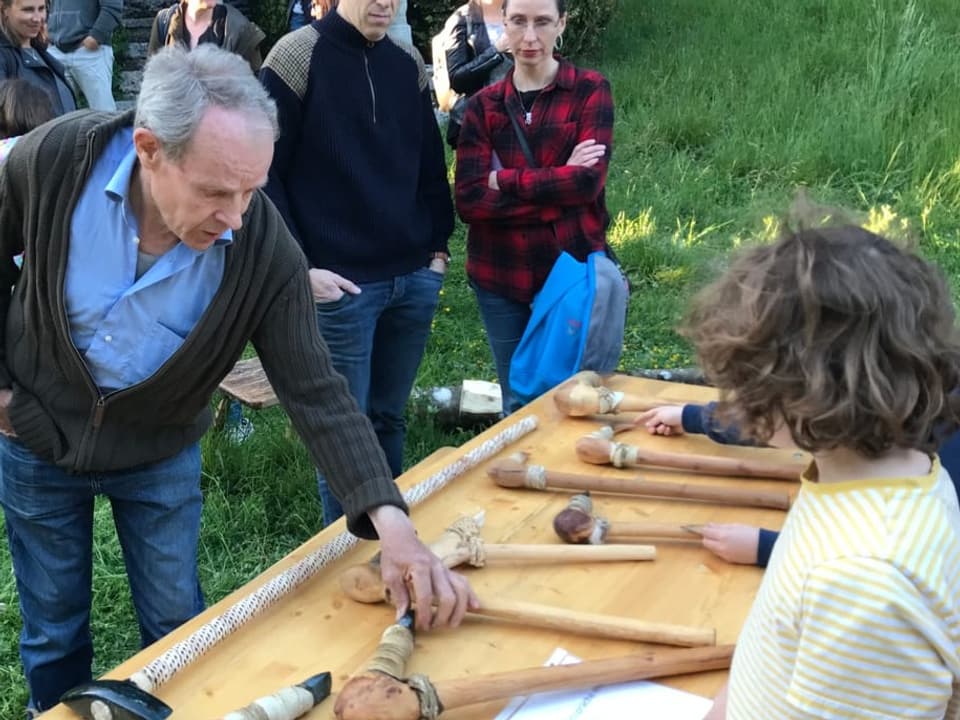
Caption:
Johannes Weiss with interlocutors from different eras. For some, he used stones cut for the head, others were made of bronze or deer antlers.
SRF / Marco Gaggi
Johannes Weiss works with larger tools. A former excavation leader shows how Stone Age axes were used. Of course there are templates of discoveries. He only learned the correct technique when repeating and using the ax, so that the handle did not split the first time you hit the tree. He also had to first figure out how to connect the ax handle and the head. “He always collapsed at first.”

Caption:
Only with the right technique can you knock down a tree with a stone ax. Johannes Weiss compares this to a beaver gnawing.
SRF
It takes Weiss about 15 minutes to chop down a small tree with a stone axe. He says he is very tired. And you can’t make a slit in the trunk as you would with a modern axe. More material must be removed over a larger area – otherwise the stump will separate sooner rather than later from the stone.
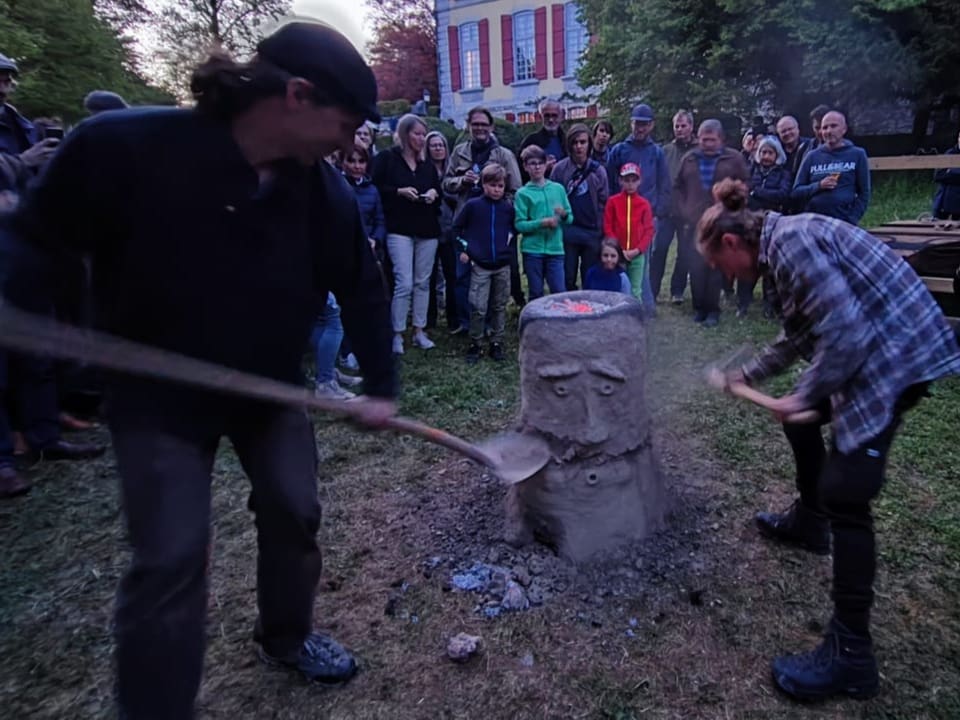
Caption:
Schmid Yuli Zaner and his assistant break the oven to reach the iron.
SRF
Back to the blacksmith Ole Zahner. Meanwhile, his racing stove had been burning for about eight hours. Now it’s time to break out the clay furnace and find out the result of the smelting. Zahner had to teach himself the process. Laughs that there are no running instructions from the past. For example, only after several unsuccessful attempts did he discover that you should not blow a lot of air into the oven.
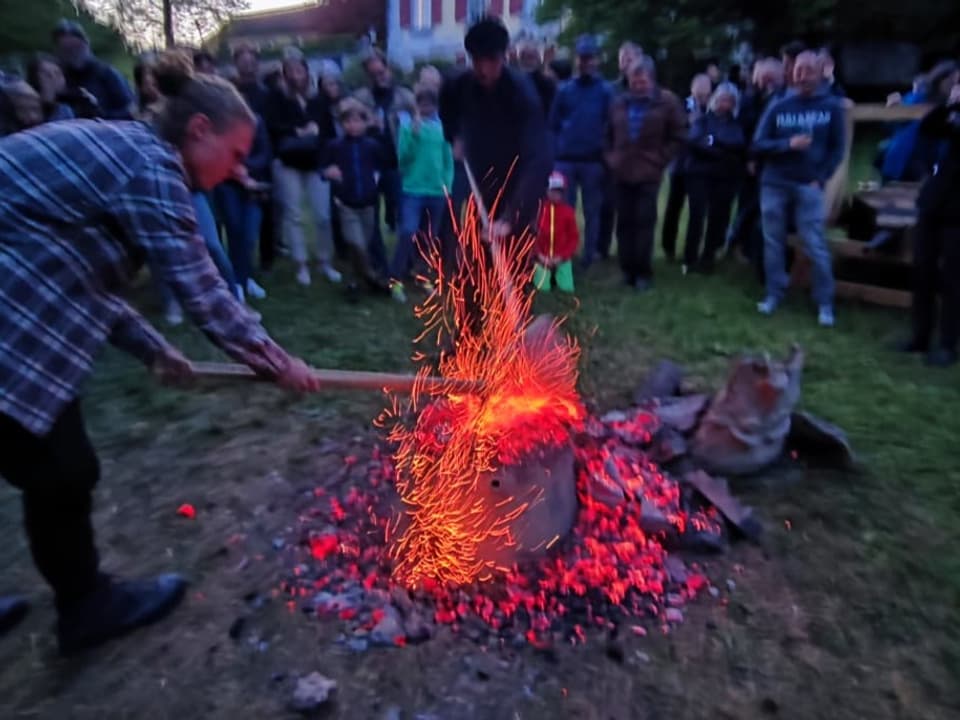
Caption:
The big moment: Did the smelter work in the furnace?
SRF
Oli Zaner and his assistant open the furnace and break up the mud and stones. The metal from the furnace is not liquid, but remains like glowing lumps. The experiment succeeded. Sponge iron can now be processed directly. However, Zahner lets him cool off and takes him to his place. Forged and folded like a high-quality knife, it becomes a small ingot of iron.
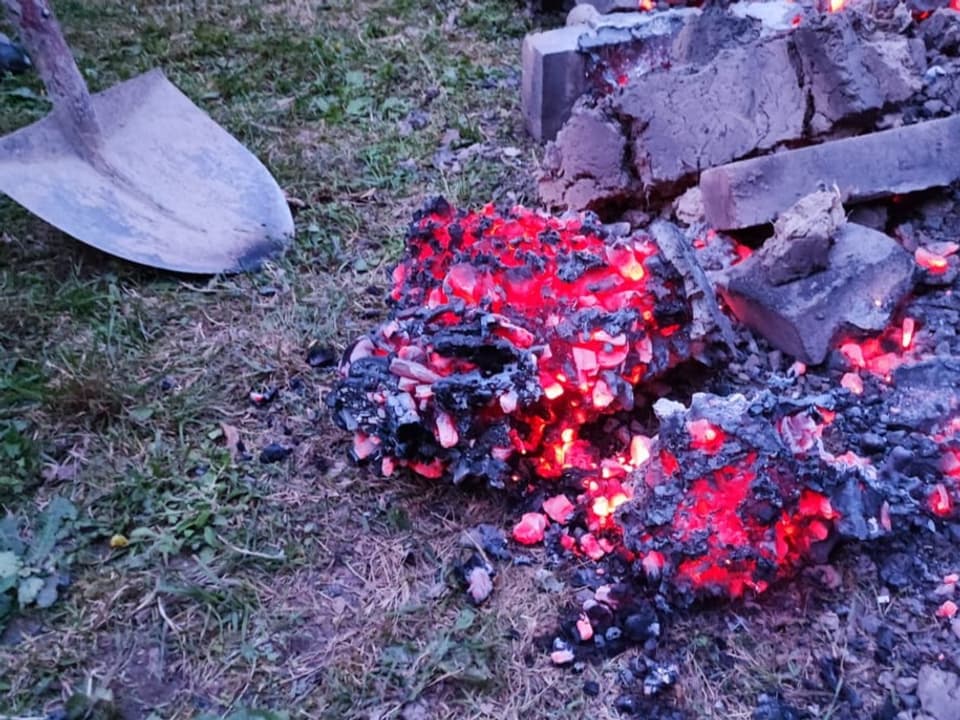
Caption:
The attempt was successful. In addition to a lot of malice, there is also a mass of slugs that the blacksmith can handle.
SRF
The blacksmith burned about 80 kilograms of coal in the furnace to get a little iron. In order to gain iron on a large scale, many forests had to be cut down in the past. Again, something you only discover by experience.

“Tv expert. Hardcore creator. Extreme music fan. Lifelong twitter geek. Certified travel enthusiast. Baconaholic. Pop culture nerd. Reader. Freelance student.”

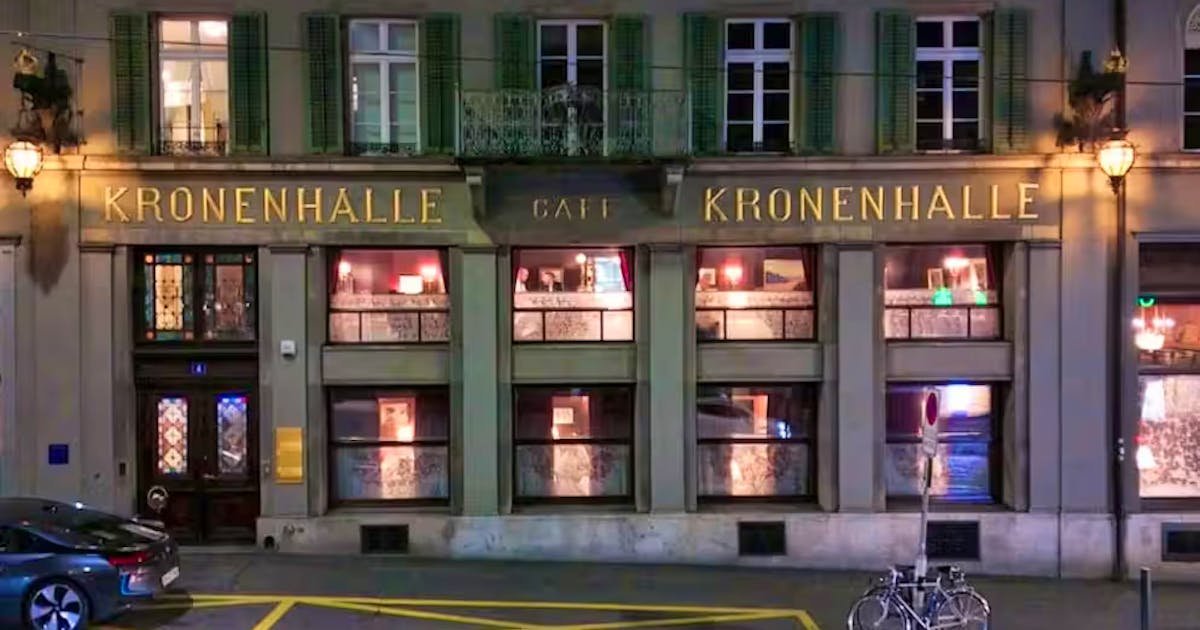


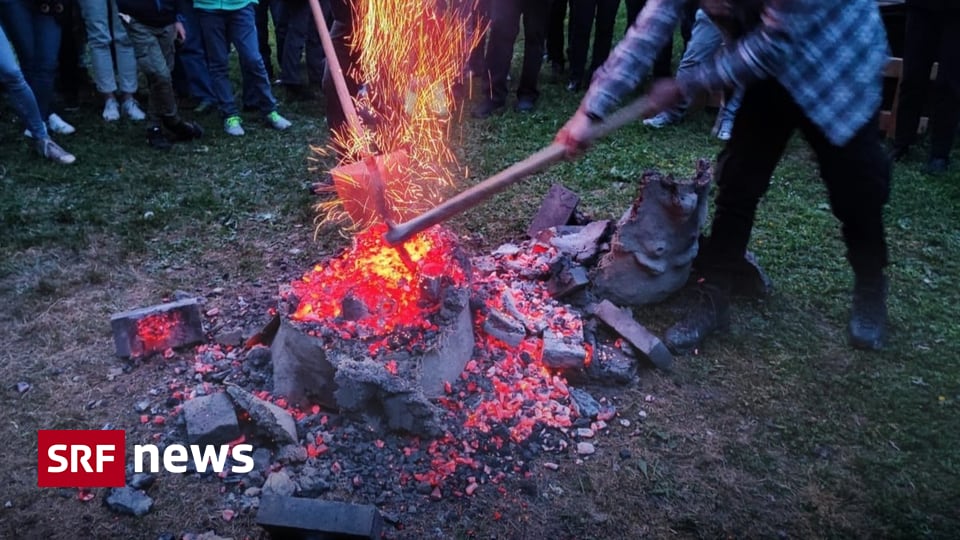
More Stories
7 tips on how to learn to deal with your fears
“The kind of stone we were hoping to find.”
How to calm yourself!